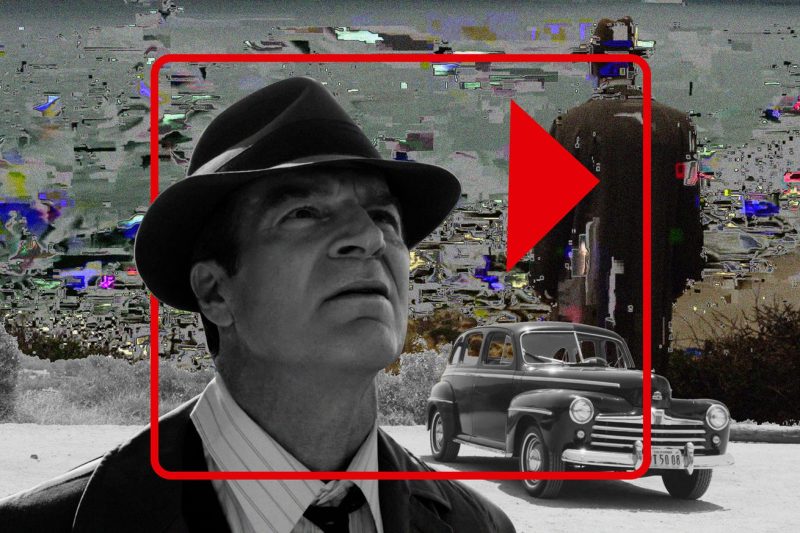
Unveiling Netflix’s High-Stakes Gamble on Cutting-Edge Video Encoding
Netflix’s Bet on Advanced Video Encoding
The exponential growth of streaming platforms has sparked a race among content providers to deliver high-quality streams while keeping bandwidth consumption in check. To address this challenge, Netflix has made a strategic bet on advanced video encoding technologies. Netflix’s investment in advanced video encoding is driven by the desire to enhance user experience, reduce costs, and remain competitive in the ever-evolving streaming landscape.
At the heart of Netflix’s encoding strategy is the use of cutting-edge codecs such as AV1 and VVC. These next-generation video codecs offer superior compression efficiency, enabling Netflix to deliver higher quality video streams at lower bitrates. By leveraging these advanced codecs, Netflix can optimize video quality across a wide range of devices and network conditions, ensuring a seamless viewing experience for its subscribers.
In addition to deploying advanced codecs, Netflix has also embraced machine learning algorithms to optimize its video encoding process. By analyzing vast amounts of viewer data, Netflix can tailor its encoding parameters to individual preferences, further enhancing the quality of its streams. This data-driven approach allows Netflix to strike a balance between video quality, bitrate efficiency, and streaming performance, resulting in a personalized and optimized viewing experience for users.
Furthermore, Netflix’s commitment to advanced video encoding extends beyond improving streaming quality. The adoption of efficient codecs and encoding techniques also offers significant cost savings for the platform. By optimizing video compression, Netflix can reduce its bandwidth consumption, leading to lower content delivery costs. These cost savings can be reinvested into content creation, further enriching Netflix’s vast library of movies and TV shows.
Netflix’s investment in advanced video encoding is not without challenges. The adoption of new codecs and encoding technologies requires significant resources and expertise. Moreover, ensuring compatibility with a diverse range of streaming devices and platforms adds another layer of complexity to the encoding process. Despite these challenges, Netflix’s commitment to innovation and quality sets it apart as a leader in the streaming industry.
In conclusion, Netflix’s bet on advanced video encoding represents a strategic move to enhance user experience, drive cost savings, and maintain a competitive edge in the streaming space. By leveraging cutting-edge codecs, machine learning algorithms, and data-driven insights, Netflix continues to deliver high-quality video streams while optimizing bandwidth consumption. As the streaming landscape continues to evolve, Netflix’s focus on advanced video encoding will play a pivotal role in shaping the future of online entertainment.
